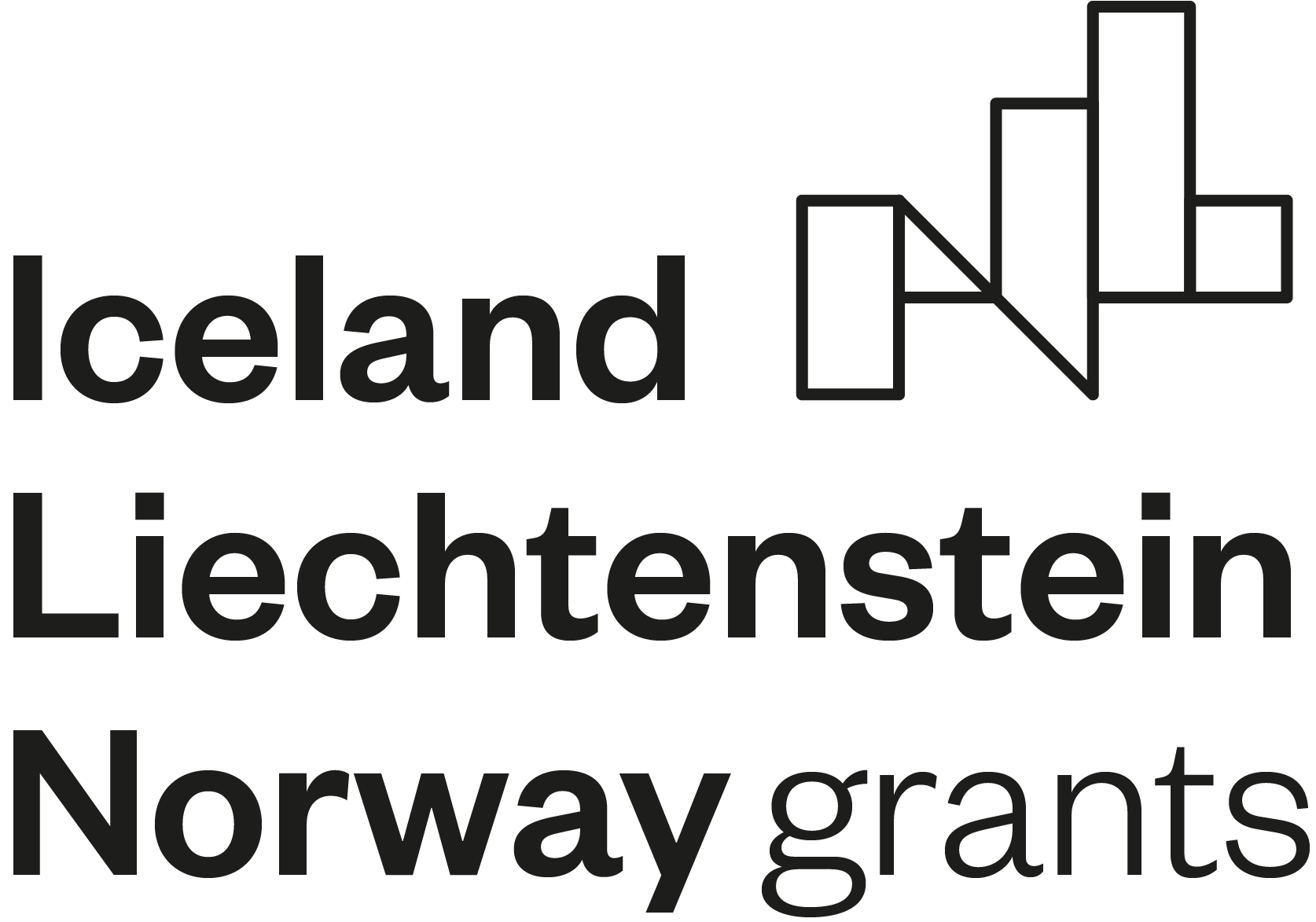Topic
Implement a Good Onboarding Strategy for Your Business
Strategies and checklist for good onboarding

Onboarding is a critical part of integrating a new employee into your organization, and more important now than ever, with the competition for talent increasing steadily. A well-executed onboarding strategy can significantly enhance an employee's productivity, engagement, and retention.
Quick Tips for Effective Onboarding
Take Onboarding Seriously
The costs of a failed onboarding are not just monetary but can also damage the team's morale. Therefore, it is important to invest time and resources in creating an effective onboarding process. Onboarding is an excellent opportunity to inculcate the organization's values and culture into the new employees, starting as early as the preboarding phase.
The Magic of Preboarding
This is the phase between the job offer and the start date. Keep the excitement alive by maintaining regular contact and sharing non-confidential information about the company and its processes.
Use a Tool for Onboarding
Leverage technology to streamline the onboarding process. There are various onboarding software like
Sympa,
Personio, or
Onboardee that come with templates and checklists to ensure a smooth transition.
The Importance of Offboarding
Just as onboarding is crucial for integrating new employees, offboarding is essential for ensuring a smooth transition for those leaving. A well-executed offboarding process opens the door for future collaborations and maintains good relations.
Implementing a robust onboarding strategy is not just an HR task but a business imperative. It sets the tone for an employee's entire journey with the organization, having far-reaching impacts on retention, productivity, and overall company culture.

Onboarding checklist
Onboarding will differ from business and which roles are to be filled. You can use this checklist as inspiration to create your own.
PREBOARDING PHASE
✅ Open Accounts with Non-confidential Information
- Set up an email account, Slack access, and provide the necessary credentials.
✅ Draft the Employment Contract
- Share a draft of the employment contract for the new hire's review.
✅ Prepare a Warm Welcome
- Inform the team about the new colleague and encourage them to prepare a welcoming atmosphere.
✅ Maintain Contact
- Regularly communicate with the new hire, sharing information about the company culture and expectations.
✅ Purchase Equipment
- Procure necessary tools and equipment before the start date.
✅ Share the Employee Handbook
- Provide access to the employee handbook for smoother social and professional integration.
First Day
✅ Meet the Immediate Supervisor
- Schedule an informal meeting between the new hire and their immediate supervisor.
✅ Coffee Time
- Start the day with a casual coffee meeting to ease any first-day jitters.
✅ Team Introduction
- Arrange a tour to introduce the new hire to the team and key personnel.
✅ Review the Employment Contract
- Finalize employment terms and address any questions the new hire may have.
The First Three to Six Months
✅ Job Responsibilities Briefing
- Provide a detailed overview of the new hire's roles and responsibilities.
✅ Software and Systems Walkthrough
- Familiarize the new hires with the tools and software they will be using daily.
✅ Informal Meetings
- Conduct bi-weekly check-ins to exchange feedback and address any concerns.
✅ Ongoing Training Plan
- Implement a structured learning path for continuous development.
The First Year
✅ Evaluate for More Responsibilities
- Consider expanding the new hire's role based on performance and capabilities.
✅ Annual Review Meeting
- Conduct a comprehensive review meeting to discuss integration, achievements, and future plans.
Sources used:








